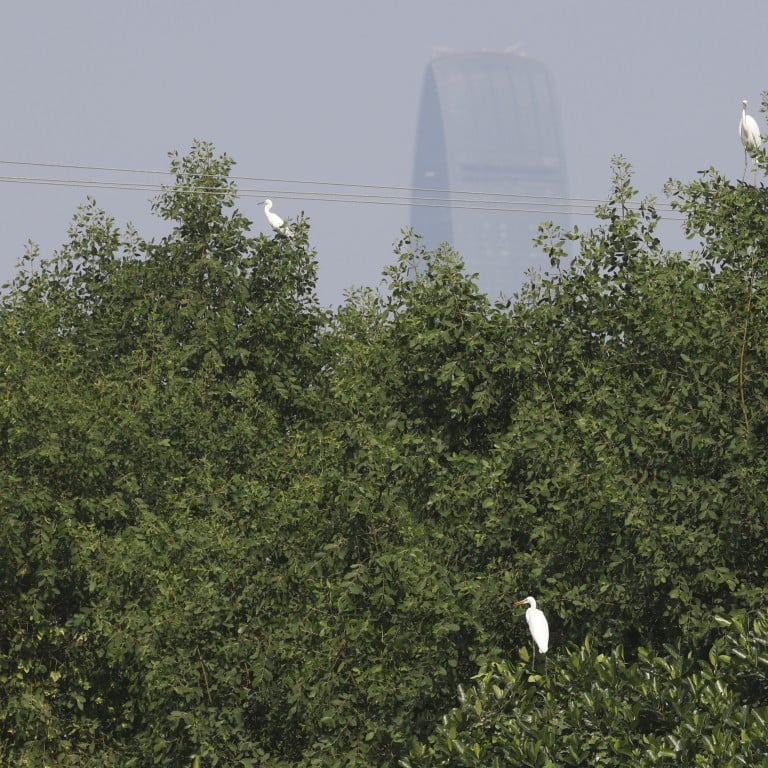
Letters | 2 reasons Hong Kong should rethink its massive technopole plan
- Readers discuss Hong Kong’s plans for an information and technology zone at the northern border, the proposed monthly firework displays, crowds on a bus route popular with tourists, and the need for a better strategy to promote the city
Shenzhen is now the undisputed Chinese information technology equivalent of the US’ Silicon Valley with heavyweights such as Huawei, Tencent, BYD and DJI firmly established there. Currently Tencent has plans for a new campus accommodating over 23,000 employees across nearly 500,000 sq m (5.38 million sq ft) of space. These companies act like a magnet for other like-minded businesses, particularly start-ups.
Hong Kong will continue to struggle to compete against this. Between last and this year, we have just lined up 40 businesses under the scheme to attract strategic enterprises.
So given the twin challenges of competition with Shenzhen and the potential for huge environmental damage in this very sensitive area, there seems to be a good case for taking a precautionary approach by proceeding in phases to not only be better able to assess the true cumulative environmental impacts this development will have but, just as importantly, to properly test the marketability of this newly created I&T land.
Roger Nissim, Ma On Shan
Fireworks can only be the icing on the cake
Moreover, fireworks that are not tied to a special occasion would have no sense of ceremony or importance, and might even look absurd. In addition, many cities host such displays. If Hong Kong’s displays do not have distinguishing characteristics, their appeal will be greatly reduced.
These displays would not be ticketed, and so wouldn’t generate direct income. The benefit to the catering and accommodation sectors would be hard to quantify.
When tourists visit Hong Kong, they enjoy the night views of Victoria Harbor. Fireworks are merely the icing on the cake. The government should not put the cart before the horse and regard fireworks as the highlight that will revive Hong Kong’s tourism industry.
Perhaps the firework displays could be held once a quarter, tied to the most important holidays in both Hong Kong and mainland China, such as May Day, National Day, the Dragon Boat Festival, New Year’s Day and Lunar New Year, and on a spectacular scale.
Li Yanzhou, Shau Kei Wan
Can Hong Kong transport accommodate more tourists?
I love Hong Kong and I intend to remain here for life. Hong Kong is one of the safest places in the world to live, we have our motherland to back us up, we are an international city, a meeting point of East and West. We have amazing country parks, the Star Ferry, the tram and The Peak.
This is good news but I wish Mr Yeung would try taking the No 15 bus to The Peak. It is jam-packed as it is, with some passengers standing past the yellow lines on the bus, dangerous on a route along hilly narrow roads.
G. Chan, Mid-Levels
City needs better marketing strategy
Are the government’s efforts good enough, and if not, how many more attempts to get things right can Hong Kong afford? To say we’re running out of time is an understatement.
Those in charge should take on the advice of those with proven track records in results-driven marketing and promotion.
Hans Ebert, Wan Chai

